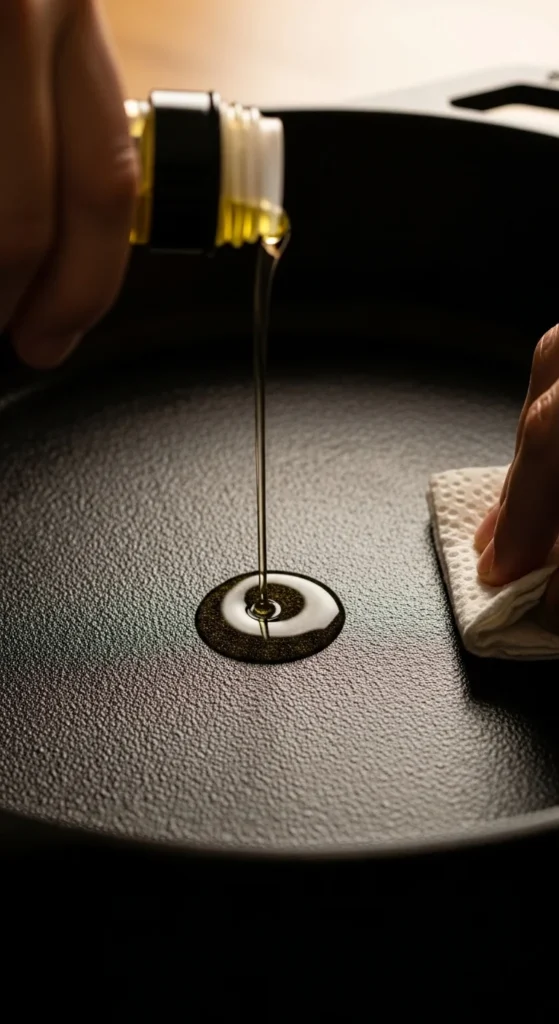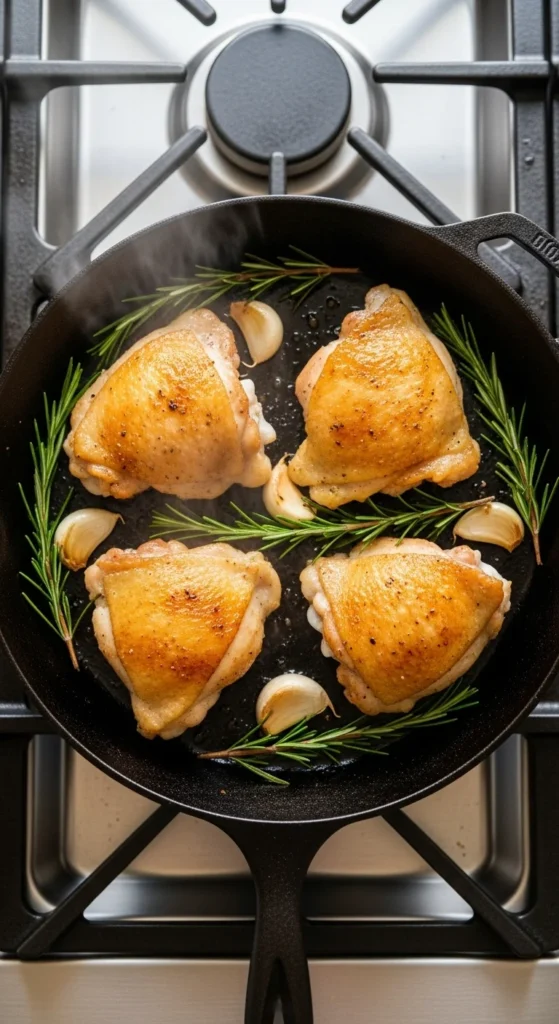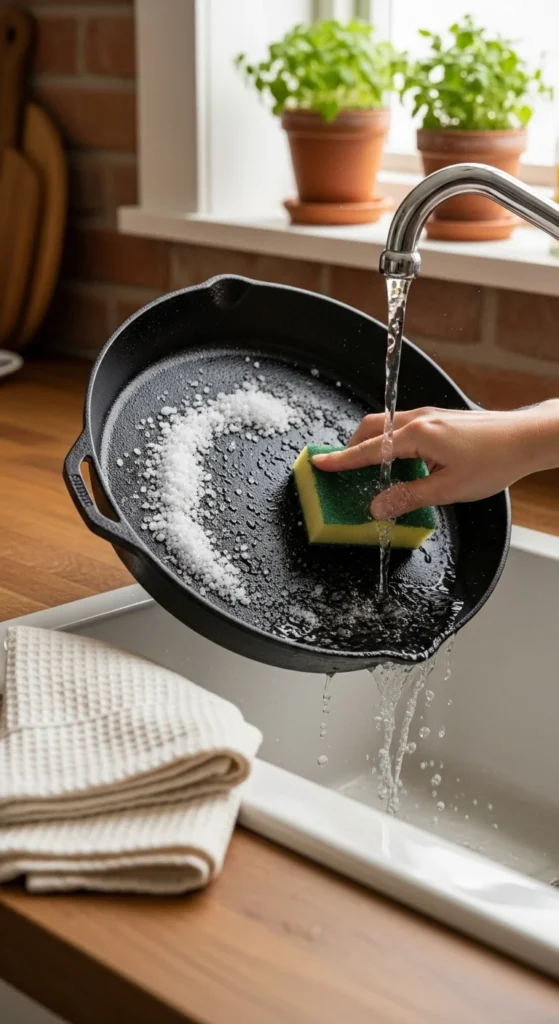
There’s something timeless about cooking with cast iron. It’s the pan that outlives trends — built to last generations, gaining character (and flavor) with every meal you make. Whether you’re frying crispy potatoes, baking cornbread, or searing the perfect steak, a cast iron skillet can do it all.
But to truly unlock its magic, you need to know one thing: how to season and care for it properly. Once you do, your skillet will reward you with a naturally nonstick surface and rich, smoky flavor that no other pan can match.
Let’s dive into how to season, cook, clean, and maintain your cast iron like a pro.
What Does “Seasoning” Mean?
Seasoning doesn’t mean sprinkling salt and pepper on your pan — it’s the process of coating your cast iron with oil and heating it until it bonds to the surface. This creates a smooth, black layer that keeps food from sticking and protects the pan from rust.
Over time, each layer of oil adds to that glossy finish, making your skillet better every time you use it. Think of it like aging a good wine — it only improves with care and use.

Step 1: How to Season Your Cast Iron Skillet
If you just bought a new pan or revived an old rusty one, start here.
What You’ll Need:
- Cast iron skillet
- Neutral oil (like vegetable, canola, or flaxseed oil)
- Paper towels or a lint-free cloth
- Oven (or stovetop for small pans)
How to Do It:
- Clean the skillet – Wash it gently with warm water and mild soap (yes, it’s okay this one time). Dry completely.
- Rub in oil – Add 1–2 teaspoons of oil and rub it evenly over the entire surface — inside, outside, and even the handle. Wipe off any excess until it looks just barely shiny.
- Bake it – Place the pan upside down in a 450°F (230°C) oven with a baking sheet underneath to catch drips. Bake for 1 hour, then turn off the oven and let it cool inside.
Repeat this process 2–3 times for a deep, durable seasoning layer.
Step 2: Cooking with Cast Iron Like a Pro
Once seasoned, your skillet is ready for action — but there are a few tricks to get restaurant-quality results.
Preheat Gradually
Cast iron holds heat beautifully but takes time to warm up. Start on low heat, then increase to medium before adding food.
Use the Right Fats
Stick with oils or fats that can handle high heat — like avocado oil, ghee, or butter. Avoid sprays with propellants, as they can leave sticky residues.
Know the Heat Zones
Because cast iron retains heat, it’s perfect for:
- Searing meats for crispy edges
- Baking dishes like cornbread or skillet cookies
- Frying foods evenly
- Roasting vegetables in the oven

Step 3: Cleaning and Caring for Your Skillet
The number one mistake new cast iron owners make? Letting it rust or scrubbing away the seasoning layer. Luckily, cleaning it the right way is simple.
After Cooking:
- Let it cool slightly (not cold).
- Wipe out food bits with a paper towel or soft brush.
- If needed, rinse with warm water only and scrub gently with coarse salt — no soap!
- Dry completely over low heat.
- Rub a thin coat of oil while it’s still warm to maintain that shine.
Tip: Never soak your skillet in water or leave it wet overnight — it will rust fast.

Step 4: Restoring an Old or Rusty Pan
If your skillet’s looking a little worse for wear — dull, sticky, or even rusty — don’t toss it! You can bring it back to life.
Here’s how:
- Scrub the rust with steel wool or coarse salt until the surface feels smooth.
- Wash, dry, and re-season it using the oven method described earlier.
A few rounds of seasoning will transform it back into a sleek, black beauty ready for everyday use.
Pro Tips for Perfect Cast Iron Cooking
- Avoid acidic foods (like tomato sauce or vinegar) for the first few uses — they can strip new seasoning.
- Don’t overcrowd the pan — this keeps food from steaming instead of searing.
- Use metal utensils — they won’t hurt your pan once it’s seasoned!
- Store it dry and oiled — a light coat of oil keeps moisture (and rust) away.

The Takeaway
Cooking with cast iron is about embracing simplicity and care. Once you learn how to season and maintain it, this pan becomes an extension of your kitchen — improving with every use and meal shared.
From perfectly seared steaks to gooey skillet brownies, your cast iron can do it all — and it’ll only get better with time.
So grab your skillet, give it some love, and start cooking like a pro.



Leave a Reply